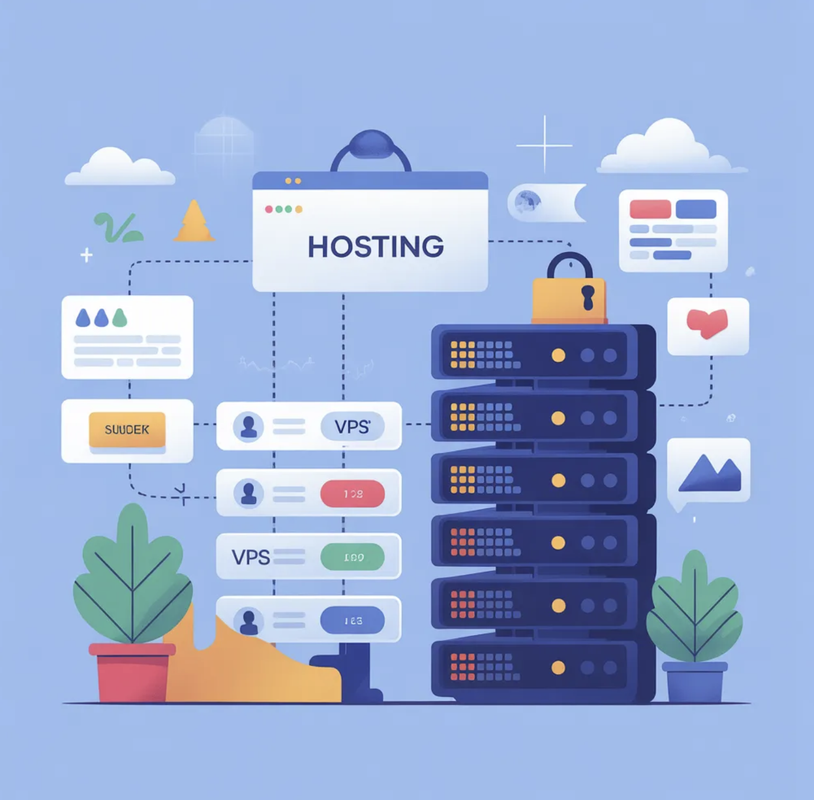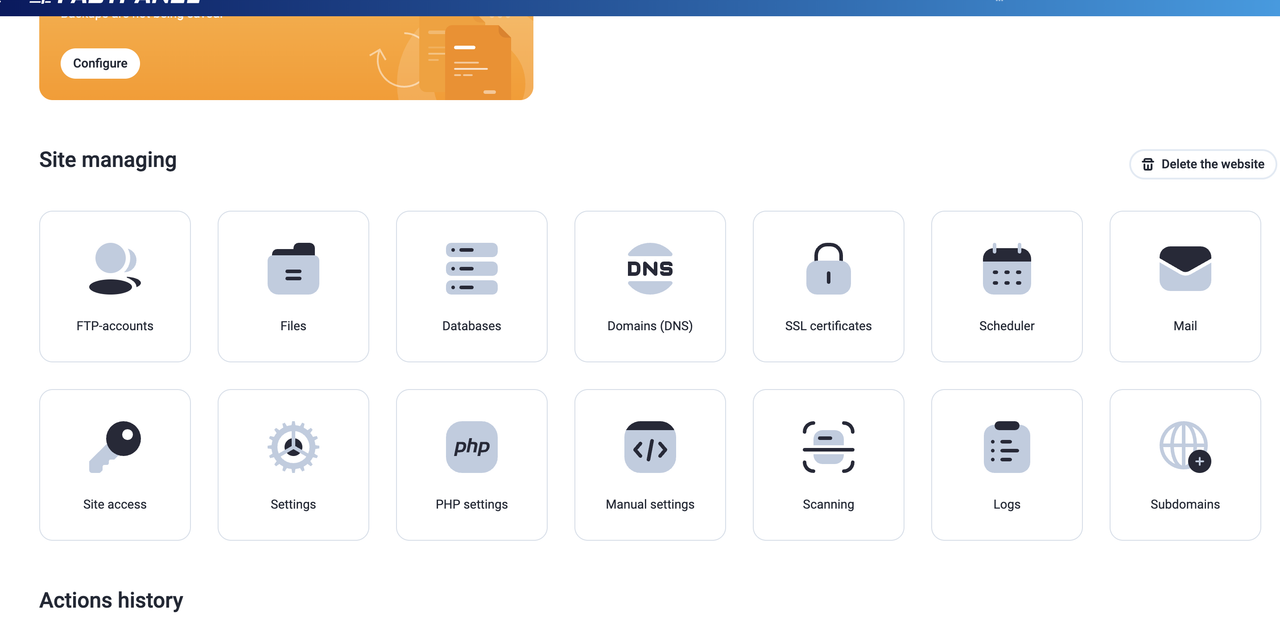12 December 2025
How works DNS server?

DNS server is a very known word by an IT/Network specialist. An internet user communicates with the DNS server every time he or she uses the Internet for her daily needs. So as a network professional, it is very important for us to have a clear idea about the functioning of this DNS server.
What is DNS server?
Most of the time we use the internet, we browse any website. When we send requests to a web server for a web page, that web server provides that desired web page in our browser. The communication that occurs between our computer and the web server is at the root of the IP address on their respective side. This IP address is a unique name for every network hosted on the Internet. But we do not browse the internet by typing IP address into the browser in 99.99% time. If we do not have any problems, the problem is in another place, and problem is that how you remember the exact IP address of any other website? And as a person, how much remember we many IP addresses in our memory? Originally the DNS server on the Internet has emerged to release us from this strange problem. Due to this facility of DNS servers, we do not have to memorize hundreds of websites' IP addresses. Instead, we need to remember the domain name of the necessary websites, like as (facebook.com, Toshost.com). Which is a lot easier for us.
In fact, the DNS server is a server that converts a domain name written in the browser to its corresponding IP address and requests to the correct server. That's why we have to enter the IP address of a DNS server in the network settings of the computer, which means that the server completes all DNS operations from the background. DNS is a very important and complicated service on the Internet, without which the internet is almost dead. In addition to resolving domain names, more work is done through the DNS server. For example, DNS service is used for a variety of purposes including network design, clustering, and load balancing of a service provider.
We have already have known about the DNS server, now see how works DNS server. Therefore, we should have a clear idea of several aspects about DNS.
A web address is usually divided into three parts, such as (www, example, com).

These three parts are separated by a dot (.) Among themselves. The right part (.com) is known as top-level domain (TLD). The left side of the TLD (example) is called Domain Name. And the left part (www) that is called Hostname. That is, a complete web address (www.example.com) consists of three parts, namely hostname, domain name and Top-level domain (TLD). Again this complete web address is called, Fully Qualified Domain Name (FQDN).
The three parts of FQDN.
Top Level Domain (TLD)
We already know that the TLD is the rightmost part of an FQDN, like (com). There are many such TLDs on the internet, such as: .org, .net, .gov, .mil, .tv etc. They have some TLDs for different countries. For example: .au (Australia), .US (America), .bd (Bangladesh) etc. These are called Country Code Top Level Domain (ccTLD) which are stored separately for each country. All TLDs are managed through the root zone.
Domain Name
A Domain Name is a unique name that is registered under a specific TLD, like (facebook.com). The facebook domain is registered under the .com TLD. Domain Resource records registered under a TLD are maintained with a specific Authoritative Name Server.
Host Name
A hostname is the left part of an FQDN. A hostname is the name of a server located under a single domain, for example- www.google.com, drive.google.com, maps.google.com etc. Here www, mail, drive is a different server that has different services running.
Root Zone and Root Server
Root Zone is the core of the Internet's DNS Hierarchical Name Space. All TLDs on the Internet are controlled through the Root Zone. This Root Zone is hosted on thirteen (13) Root servers on the Internet. These thirteen root servers are A.ROOT-SERVER.NET to M.ROOT-SERVER.NET.

Not every root server is again confined to a physical machine. For the convenience of working, different instances of each root server are placed in different locations. Instances spread over different locations are combined with clustering that provides fault tolerance and redundancy. These root servers are the first steps in Internet DNS solution. During the DNS response, a local / ISP DNS server sends queries to one of these thirteen root servers. The FQDN and IP address of these thirteen root servers are recorded on local / ISP's DNS servers. A root server is not resolving any website IP address. Root Server sends the IPT of the Authoritative Name Server to the Local / ISPs DNS server based on the domain name and TLD of the query from Local / ISP's DNS server. This thirteen root server's FQDN and IP address are recorded on the local / ISP's DNS server. Then the local / ISP's DNS server sends the DNS query to the Authoritative Name Server.
Authoritative Name Server: For DNS operations, the Authoritative Name Server is a server that stores the resources of a domain. Resource records are the answers to a DNS query that are contained within the Zone File of the Authoritative Name Server. This authoritative Name Server provides specific IP address to the client computer in conjunction with specific FQDN.
How works DNS Query?

- The client computer first finds its domain name (FQDN) IP in its local DNS Cache. If the IP is available against FQDN, then the client computer uses that IP address to send the HTTP request to the specified web server. If the IP is not available, then the client computer domain name renew process starts and send queries to its preferred DNS server.
- Client computer as Preferred DNS Server uses IP of its local DNS (gateway/router) then the local DNS server looks for an IP in its own cache. If the IP is available then the local DNS server passes it to the client computer, If not available, then this query is forwarded to the ISP's DNS server.
- When a DNS query comes to a DNS server, it first finds the address (A) record in its local zone file, if it is found then it will send it to the client computer via local DNS (gateway/router). If not available then find it at its own Cache, if it is available then send it to the client computer via local DNS (gateway/router). If for some reason the ISP DNS server does not find the Address (A) record in its Zone File or Cache, then it will contact the other DNS server for that query. It is called recursion. The default recursion process is enabled on the ISP DNS server. (If for some reason this recursion process is not enabled, then the ISP DNS server can’t send the DNS query of the client computer, then the client computer sends a new DNS query to the Alternate DNS server.)
- The ISP submits queries to the domain name receiver related to the DNS server related to Authoritative Name Server.
- All the Address (A) records of (example.com) are available in the Zone File of the Authoritative Name Server. At the time, the Authoritative Name Server provided the desired address (A) record to the ISP DNS server in response to the original DNS query.
- The ISP DNS server receives the records that are sent to the server itself as well as the local DNS server.
- The local DNS server then the records stored on its own and sent it to the client computer. Then the client sent the HTTP request to the specified web server using the IP address obtained from the computer.
We hope, this blog will be useful for you to know about DNS.
Stay with TOS Tech.
Related Blog Post
Create, collaborate, and turn your ideas into incredible products with the definitive platform for digital design.


12 December 2025
SEO Roadmap: Server Infrastructure & Strategy Guide
Boost your 2026 rankings with our ultimate SEO guide. Learn how to optimize for AI agents using NVMe SSDs, LiteSpeed Cac

05 May 2025
The Unnoticed Significance of Your Web Hosting Provider affect
For website success you need a good hosting company who give you proper service. Toshost ensure your every needs fulfil.

